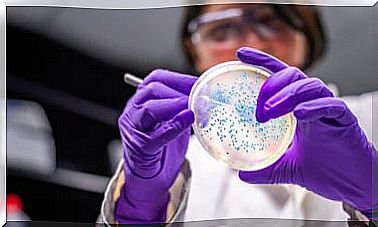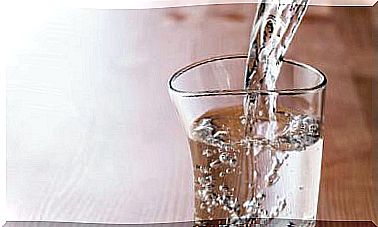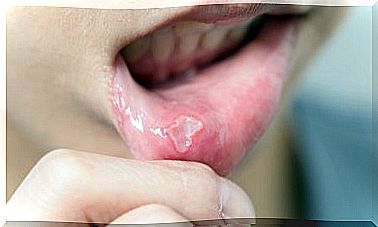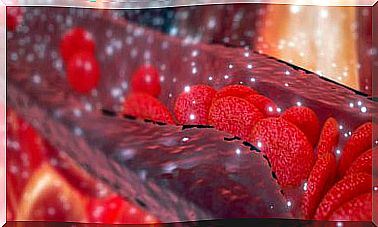What Are Water Chestnuts And How Can They Be Included In The Diet?
Trapa is the botanical genus that represents water chestnuts, two species of floating plants whose submerged stem grows up to 5 meters deep. The T. natans and T. bicornis originated in India, Asia and China. They are grown in shallow ponds, rice paddies, lakes and swamps.
Its fruits are protected by the sepals of the flower, which form robust and hard spines, similar to a bull’s head. They store a seed with high starch content inside.
The Royal Botanical Garden of Madrid describes them as sweet and floury, used as raw material in East Asia to make cookies, infant formulas, flour and to be an ideal substitute for gluten-free diets.
Are you interested in knowing more about this curious fruit? Join us to discover everything about water chestnuts.
Origin and history of water chestnuts
The name derives from the Latin trappa , which means ‘thorny trap’, due to the thorns of its fruits that resemble an ancient war machine. In the 2nd century BC, during the Zhou dynasty of China, water chestnuts were already appearing in religious ceremonies.
In 1694 it was part of a Chinese medicine herbarium and in 1880 they were expanded as ornamental plants in Europe. Later, it was used as part of the diet until the beginning of the 20th century. However, it is almost extinct, especially in Spain.
In the United States it arrived in 1874 and in some of its regions it is considered a harmful herb, as in Australia and New South Wales.
Nutritional values
The United States Department of Agriculture established the macronutrient values of the water chestnut in grams per 100 grams of fruit. For its part, and the Department of Pharmacy of India published the vitamins and minerals in milligrams:
- Humidity: 74%.
- Protein: 1.43%.
- Starch: 15.71%.
- Fiber: 5.7%.
- Fat: 0.1%.
- Total sugars: 2.86%.
- Energy: 64 calories.
- Beta carotenes: 60 micrograms%.
- Potassium: 5.22 milligrams.
- Phosphorus: 6.77 milligrams%.
- Iron: 200 milligrams per kilo.
- Zinc: 600 milligrams per kilo.
- Manganese: 430 milligrams per kilo.
The fruits of the water chestnut do not contain fat or cholesterol and proteins are in low proportion. The nutrient that stands out the most is starch, used to make derived flours and as a thickener.
A review on fiber emphasizes the benefit it has in reducing the risk of chronic diseases, such as cardiovascular disease, diabetes, and obesity. Water chestnuts are also a good source of zinc, manganese, iron, and potassium.
According to the Spanish Nutrition Foundation, these micronutrients have benefits on metabolism and the immune system, as adjuvants for enzymes. They also participate in muscle contraction.
Vitamin A is in the form of beta-carotenes, which according to what has been published, are essential for night vision, growth, development and immune function.
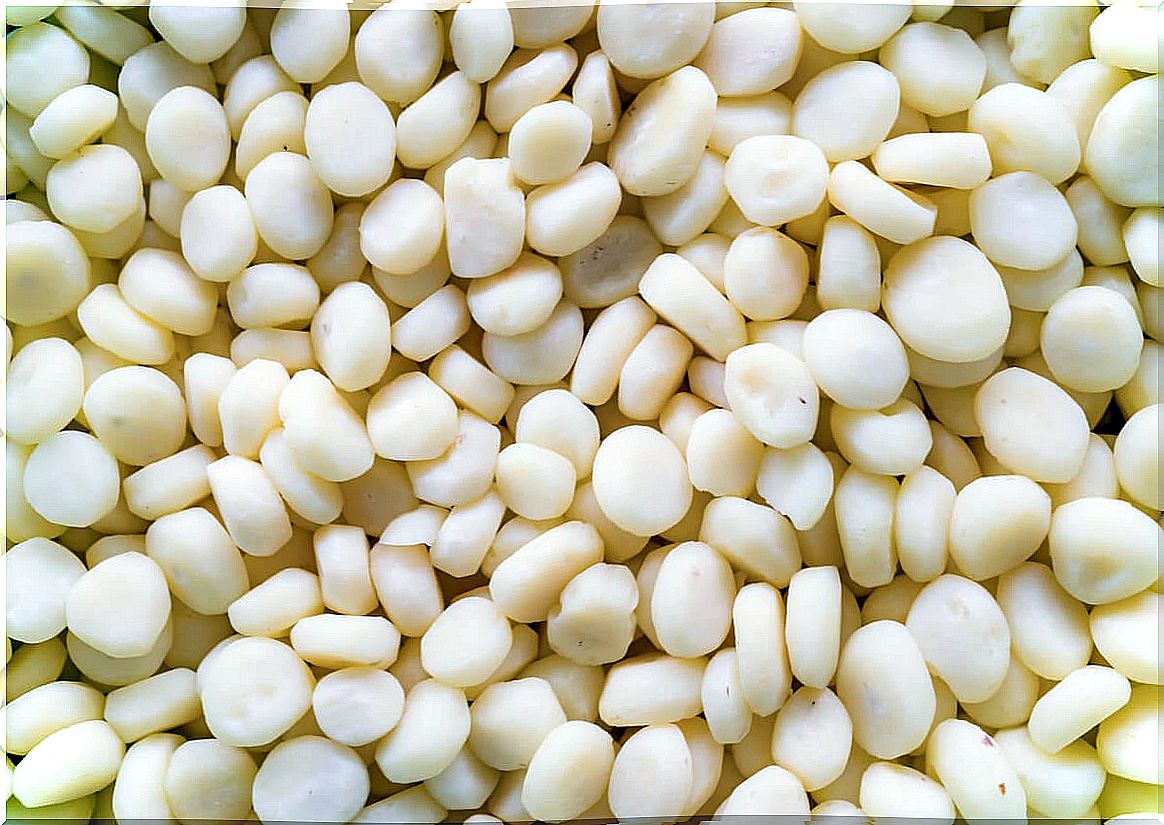
Health benefits of water chestnuts
Water chestnuts provide multiple health benefits. These are some of them that we systematize in this section.
Antioxidants
The journal Molecules published that water chestnuts contain a group of polyphenols, such as ferulic acid, gallocatechin gallate, epicatechin gallate and catechin gallate, which act as powerful antioxidants.
In in vitro laboratory tests, published by the Journal of Food Science , it was shown that antioxidants in the pulp and peel were capable of neutralizing free radicals.
Dr. Patricia Herrera comments that free radicals activate oxidative stress and increase the risk of degenerative diseases, such as atherosclerosis, type 2 diabetes, and some types of cancer.
Ideal for low calorie diets
Water chestnuts do not contain fat and this considerably reduces the calorie intake. A 70-gram serving only provides 45 calories.
Additionally, Rolls and other authors concluded that foods with high levels of water are more effective in reducing energy intake. These chestnuts have more than 70% moisture, which produces great volume and satiety.
Help control blood pressure
These fruits contain a good proportion of potassium, a mineral that participates in the control of fluids within the cell and in muscle functionality.
A review in Advances in Nutrition emphasizes potassium’s relationship with lowering blood pressure and lowering the risk of cardiovascular disease. Therefore, it is recommended to eat foods rich in the mineral.
Could be adjuvants for cancer
Some laboratory studies succeeded in suppressing tumor growth and caused cancer cell death. This responds to ferulic acid.
This is the antioxidant with the highest concentration in water chestnuts. Other similar results were seen in in vitro tests on skin, lung, bone cell and thyroid cancer.
A review on this topic relates the growth and spread of cancer cells to free radicals. So when antioxidants neutralize them, they compromise cancer growth.
However, so far there are in vitro laboratory results . So studies on real cancer patients are needed to give accurate recommendations on these antioxidants. In no way can we speak of a first-line cancer treatment.
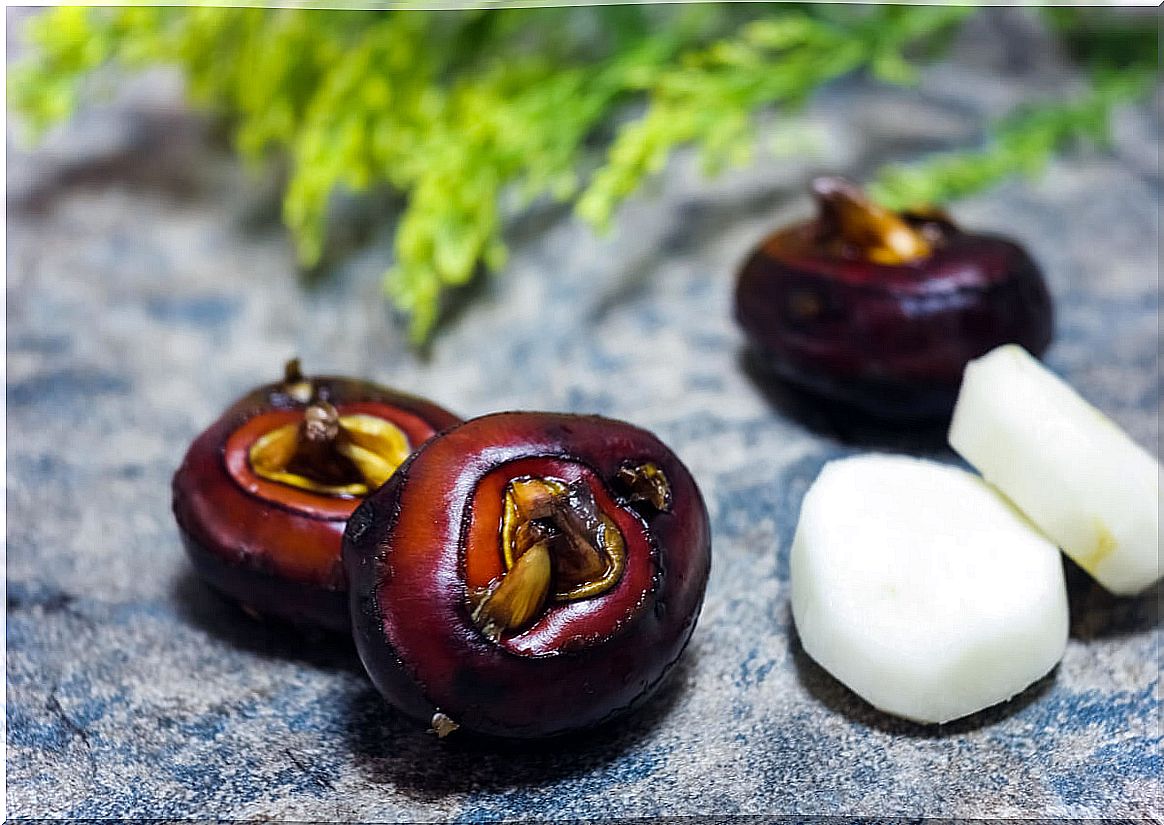
How can water chestnuts be prepared?
Water chestnuts can be tasted in many ways. From raw, as an aperitif, to fried, grilled, candied, pickled or just boiled. Either way, it is quite a delicacy. You can buy them fresh or canned in Asian markets.
If you prefer it fresh, you should wash it and peel it before enjoying the crunchiness of the seed. According to some authors it is due to antioxidants. Boiled or fried, they maintain a crunchy texture similar to apple. Cut into cubes, filleted or grated they can be part of tortillas, salads, chop suey and curries.
As a practical alternative, water chestnuts are also prepared as flour alone or mixed with corn, wheat or potato flour. They make gluten-free breads, cakes, cookies, crunchy puff pastry, among others. You can keep them in the fridge or freezer.
Sing and David show us a delicious recipe for water chestnut pudding. For 1 liter of whole milk, after boiling and resting, add 200 grams of water chestnut flour, 300 grams of honey and 20 grams of cocoa powder. Cook for 6 minutes until reaching consistency. It should be served cold.
What to remember about water chestnuts?
Water chestnuts are aquatic fruits rich in starch, fiber, vitamin A and minerals. Its antioxidants can prevent certain diseases related to oxidative cell stress caused by free radicals. Although more studies are required on its effect in humans.
In addition, in the kitchen they are suitable for low-calorie and gluten-free diets. Their health and nutritional benefits can be savored by incorporating them fresh, canned, or in flours.
